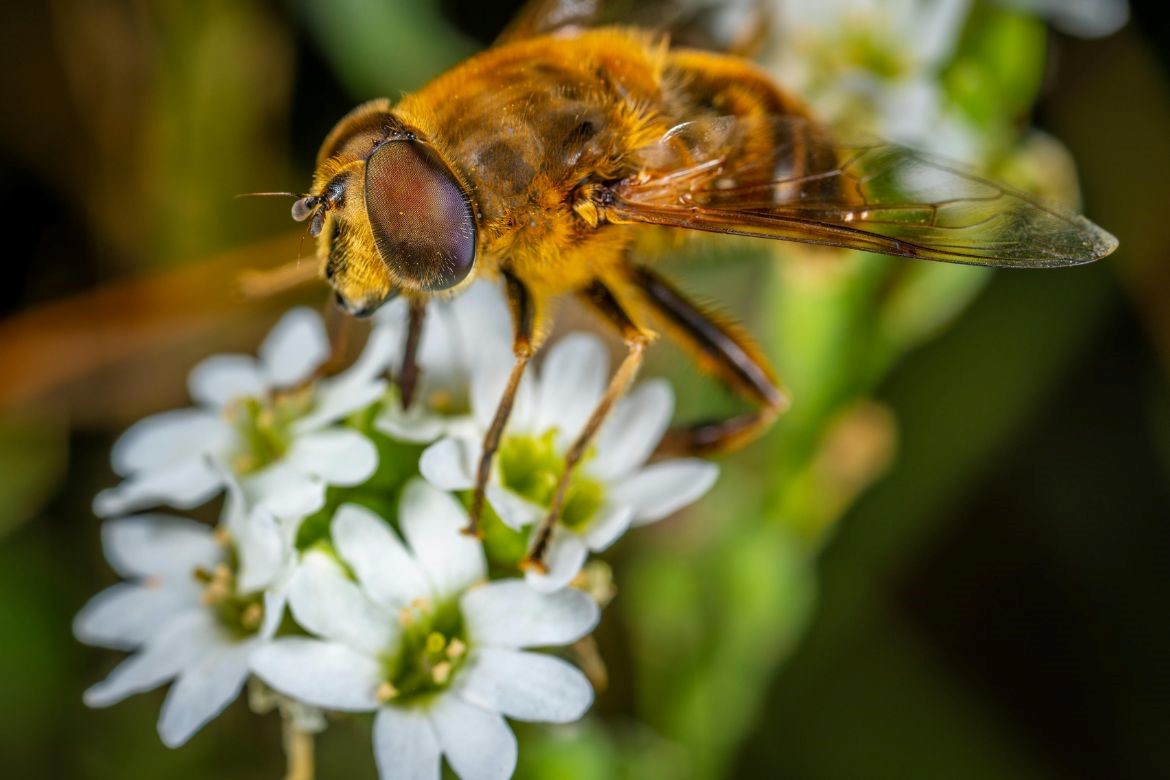The Impact of Deforestation on Wild Honey Production: A Comprehensive Analysis

Deforestation poses a significant threat to the sustainability of wild honey production, which serves as an essential source of income for many forest-dependent communities and plays a crucial role in maintaining biodiversity. This paper delves into the various ways in which deforestation impacts wild honey production and proposes potential solutions to mitigate these effects.
- Loss of Floral Resources: Deforestation reduces the availability of floral resources that honey bees rely on for nectar and pollen. This can lead to a decline in the overall health and productivity of honey bee colonies, as well as the quality and quantity of honey produced.
- Disruption of Habitats: The destruction of forests disrupts the habitats of wild honey bees, which often nest in tree cavities or other natural structures. This can lead to a decline in honey bee populations and the overall genetic diversity of the species.
- Climate Change Impacts: Deforestation contributes to climate change, which can further exacerbate the challenges faced by wild honey bees. Rising temperatures and changing precipitation patterns can lead to altered flowering times, reduced nectar availability, and increased vulnerability to pests and diseases.
- Pesticide Use and Pollution: Large-scale deforestation often goes hand in hand with the expansion of industrial agriculture, which relies heavily on the use of pesticides. These chemicals can contaminate the surrounding environment, posing a threat to wild honey bees and the ecosystems they support.
To address these challenges, several strategies can be employed:
- Forest Conservation and Restoration: Protecting and restoring forest ecosystems can help maintain a diverse array of floral resources and nesting habitats for wild honey bees.
- Sustainable Agricultural Practices: Implementing sustainable agricultural techniques, such as agroforestry and organic farming, can provide alternative sources of nectar and pollen while minimizing the negative impacts on the environment.
- Community-Based Conservation: Engaging local communities in the management and protection of forest resources can help raise awareness about the importance of wild honey bees and promote sustainable livelihood opportunities.
In conclusion, addressing the threats posed by deforestation to wild honey production requires a multi-faceted approach that integrates forest conservation, sustainable agricultural practices, and community engagement. By safeguarding the habitats and resources essential to wild honey bees, we can ensure the long-term viability of this valuable resource for future generations.
